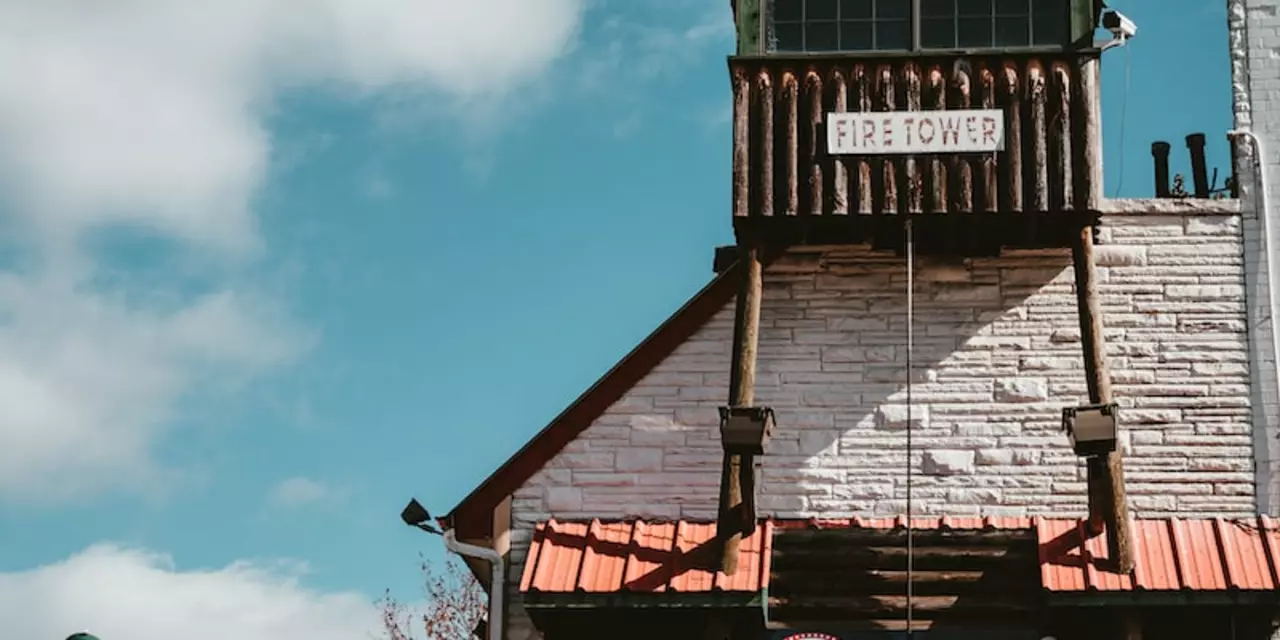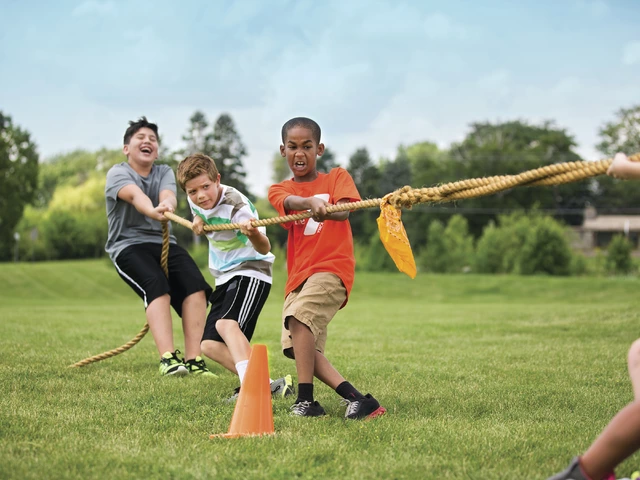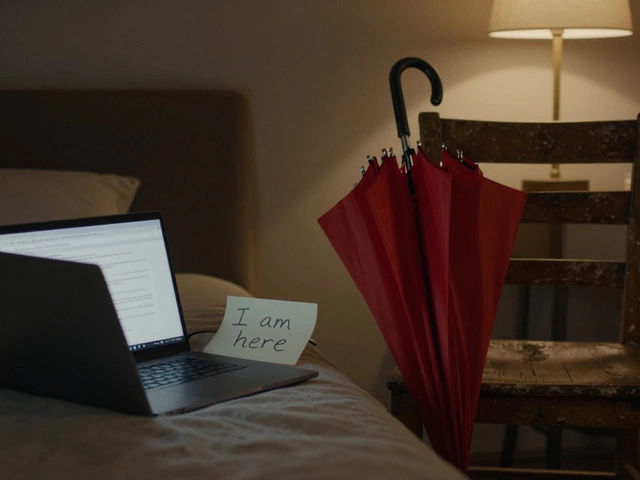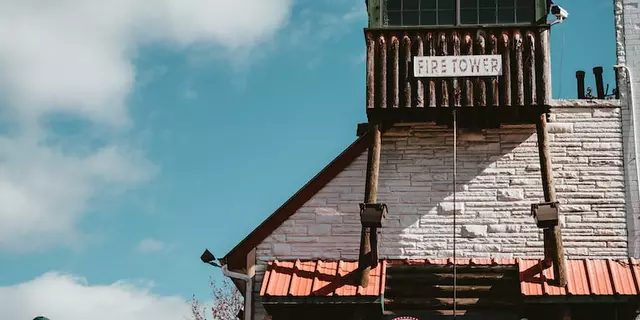When people think of England, they often envision images of aristocracy, with lords and ladies dressed in stately finery and sparkling jewels. But are there still dukes and earls in England? The answer is yes, but the roles of dukes and earls have changed over the centuries.
A duke is the highest rank in the British peerage, and there are currently 24 dukes in England. They have a seat in the House of Lords, and their titles and estates are passed down through generations of the same family. As such, they are the epitome of the British aristocracy. Earls are the next rank in the peerage and there are currently 193 earls in England.
Today, most dukes and earls are no longer involved in politics and instead focus on philanthropic endeavors and managing their ancestral estates. They also often take on ceremonial and diplomatic roles, such as attending stately functions and representing the monarchy. Some dukes and earls also continue to be involved in business and finance, and many are well-known figures in the United Kingdom.
Though the roles of dukes and earls have changed over the centuries, they remain an important part of English history and culture. Their titles, estates, and traditions are still honored and respected, and they continue to play a significant role in the British aristocracy.
The British aristocracy is a hierarchical system of nobility that has been in place for centuries, with the titles of Duke, Earl, Marquess, Viscount, and Baron at the highest level. Traditionally, these titles were granted by the monarch, and they were hereditary, meaning that the title could be passed down through the generations. These titles come with certain privileges and responsibilities, such as land ownership and political power. But times have changed, and the British aristocracy has evolved over the years.
In the modern era, the hereditary titles of Duke and Earl are still used in England, but the titles are now largely symbolic and do not come with the same privileges and responsibilities that they once did. In fact, many of the aristocratic titles that exist today are not hereditary, and are instead awarded by the monarch in recognition of special service to the country. This means that titles such as Duke and Earl are still important and meaningful, but they are no longer associated with the same power and prestige that they once had.
The British aristocracy has changed in many other ways over the centuries. For example, the monarchy is no longer the only source of titles and power. In recent years, the government has created a system of appointed and elected representatives, known as peers, who are given titles and sit in the House of Lords. This system has allowed people from all walks of life to be recognized and rewarded for their achievements. In addition, the British aristocracy is no longer limited to the traditional landed gentry; people are now able to achieve titles and recognition through their professional accomplishments, such as being a successful lawyer or doctor.
While the British aristocracy has changed significantly over the years, the titles of Duke and Earl still retain some of their original meaning and prestige. The titles are still awarded by the monarch, and they still come with certain privileges and responsibilities. Of course, the power and prestige associated with these titles are much diminished from what they once were, but the titles still hold a certain amount of respect and admiration in the eyes of many.
In England, the titles of Duke and Earl have a long and varied history. The first recorded use of the title of Duke in England dates back to 1066, when William the Conqueror granted the title of Duke of Normandy to his son. Since then, the titles of Duke and Earl have been used to denote both rank and privilege in the English peerage system.
The titles of Duke and Earl have been held by some of the most influential and powerful people in English history. Dukes and Earls could trace their titles back to royal families and often held vast amounts of land and power. These titles were often bestowed upon powerful families and could be passed down through generations, making them some of the most sought after titles in England.
Today, the titles of Duke and Earl are still used in England, although they are much less influential and powerful than they once were. There are still a few people who hold these titles, but they are largely ceremonial or symbolic, and no longer hold the same power and influence they once did.
While the titles of Duke and Earl may no longer hold the same significance they once did in England, they still evoke a sense of history and tradition. The titles still have a place in the British peerage system, and the holders of these titles are still seen as important figures in British society.
In 21st century England, the titles of duke and earl still hold a lot of social influence. Although these titles no longer carry the same political power as they did historically, they still confer a certain level of prestige and respect. In the United Kingdom, only a select few individuals are honored with these titles, and doing so is considered a great honor.
The majority of dukes and earls in 21st century England are members of the aristocracy. They come from illustrious families, such as the Dukes of Norfolk, the Earl of Shrewsbury, and the Duke of Devonshire. In addition, some of the more prominent members of the royal family, such as the Duke and Duchess of Cambridge, are also dukes and/or earls.
Although they are no longer as politically powerful as they once were, dukes and earls still carry a great deal of social influence. They are seen as the guardians of tradition and are often respected for their wealth and influence. They are often involved in charitable works and are influential figures in the community.
In modern England, dukes and earls are still important members of society. They may not have the same level of political power as they once did, but they still hold a great deal of social influence. As such, they are still respected and revered by many in England and around the world.
The title of duke and earl have been around for centuries in England, but the question remains: are there still dukes and earls in the United Kingdom today? The answer is yes, there are still dukes and earls in England, but their roles and influence have diminished significantly since the 19th century.
Dukes and earls are members of the British aristocracy, and they are still recognized as hereditary titles. But the power and privileges associated with these titles have decreased over time, and they are no longer as influential as they once were. The titles are still used to denote social status and wealth, but they are no longer associated with political power or public office.
Today, dukes and earls are simply part of the social fabric of England, and they often take on roles such as patron of charities, or they may hold honorary positions in various organizations. They are still highly respected members of the British society, and their titles are often used as a mark of distinction.
So while dukes and earls may not have the same influence that they once did, they are still part of the British aristocracy, and they are still recognized as hereditary titles. Their presence in the United Kingdom serves as a reminder of England’s long and rich history.



